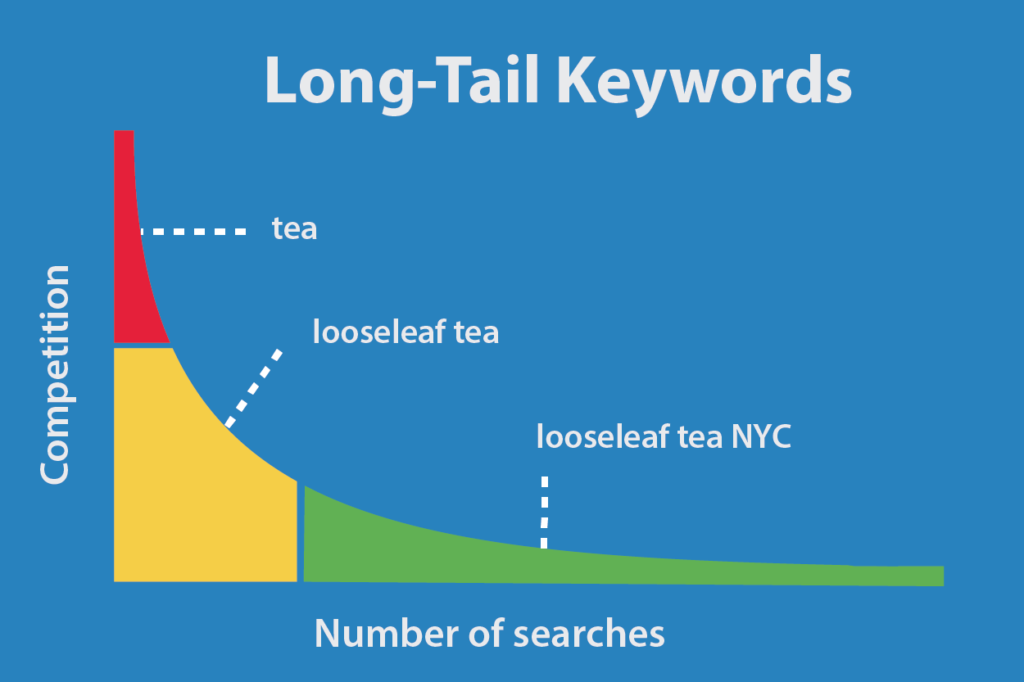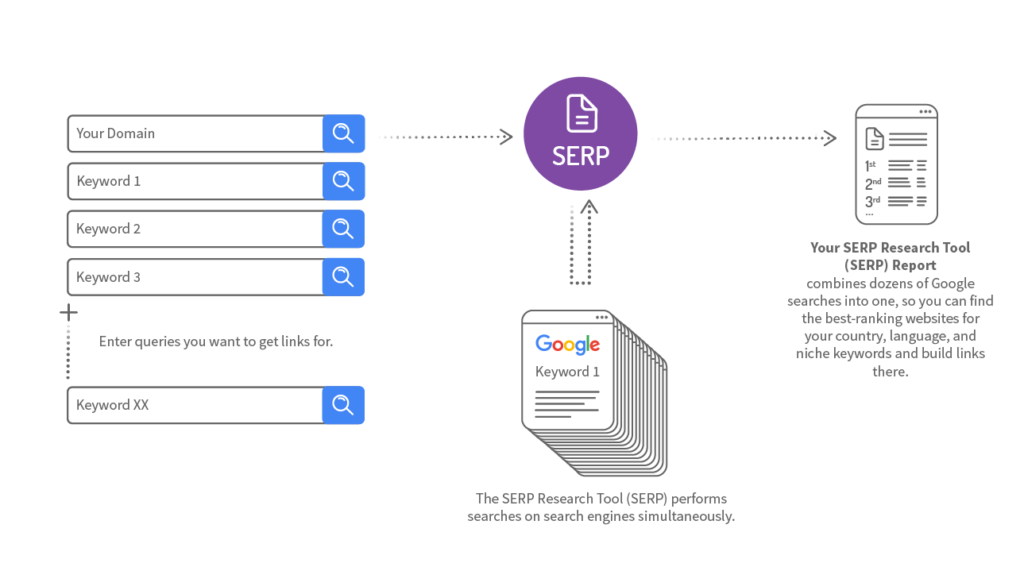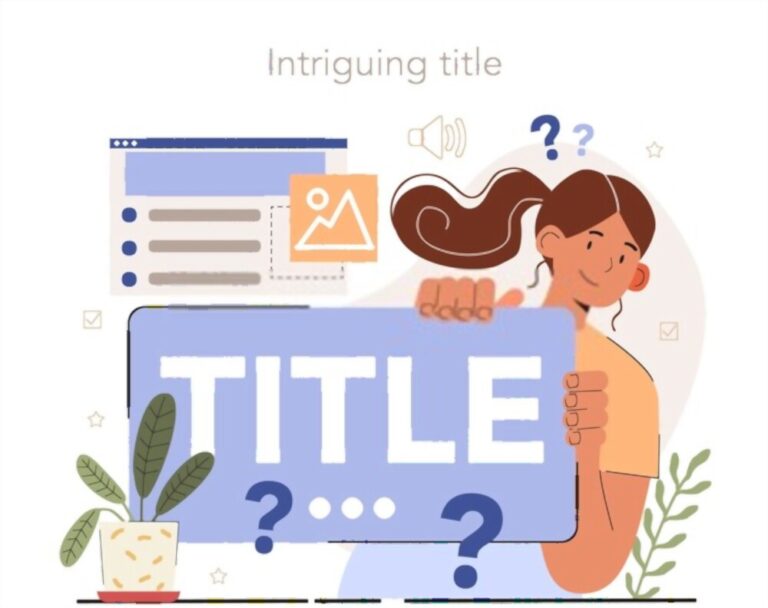Ensuring the success of your online business requires the implementation of essential search engine optimization (SEO) techniques across all platforms. Consisting of relevant keywords, quality content, and effective social media marketing, these methods are vital for any business seeking to establish a strong online presence.
To set your blog apart from competitors and maximize your revenue, it’s important you incorporate the following 10 SEO strategies for optimal results.
To drive traffic to your blog and ultimately increase visibility, it’s important to carefully devise a comprehensive SEO strategy. Remember to consider the following tips as you plan your blog’s future success.
- 1. Keyword Research
- 2. Take Advantage of Long Tail Keywords
- 3. Optimizes Your Images for SEO
- 4. Use Internal Linking
- 5. Update Old Content to Keep It Current
- 6. Write Guest Posts and Get Backlinks
- 7. Conduct SERP Research for Every Post
- 8. Collaborate With Influencers
- 9. Test Out Different Formats
- 10. Conduct an SEO Audit
- Wrap Up
1. Keyword Research

While bloggers may not be obligated to adhere to deadlines, many find it helpful to plan their posts ahead of time to allow for thorough research and brainstorming. In addition to outlining the topic and content of their post, bloggers should also conduct thorough keyword research before commencing writing. This is because keywords are essential for search engine optimization (SEO) and can significantly impact a post’s visibility.
When conducting keyword research, bloggers can either generate topic ideas and then research keywords for those topics or explore trending topics within their niche, including those found on competitor blogs, to determine which keywords offer the greatest potential.
With a wide range of free online tools available for keyword research, it’s important to take advantage of them by creating a list of potential keywords and noting their competition ranking and search volume.
Striking the right balance between keywords that are highly searched for and those with minimal existing content is a skill that takes time to develop, but becomes clearer as bloggers analyze the performance of different posts during a site audit.
2. Take Advantage of Long Tail Keywords

During the process of keyword research, it becomes apparent that certain keywords have high levels of competition. For example, a Google search for “Affiliate Marketing” would generate hundreds of thousands of results, including top-ranking websites like HubSpot and Ahrefs, which will be difficult for a blogger to compete with.
However, there is a way to increase the chances of appearing on the first page of Google search results, which involves leveraging the benefits of long-tail keywords. A long-tail keyword is a specific string of words that is entered into the search bar to find detailed information on a particular topic. Since people tend to search for specific fitness topics like exercise motivation tips or the best workouts to burn fat, long-tail keywords become an effective tool to improve a blog’s SEO.
Compared to general keywords, long-tail keywords have lower competition rankings but still have a significant search volume. This combination makes it easier for bloggers to appear on the first page of search results, which ultimately enhances their blog’s visibility and SEO performance.
3. Optimizes Your Images for SEO

To build a strong SEO strategy, it’s important to cast a wide net and leverage specific opportunities. This doesn’t mean stuffing pages with numerous keywords but instead taking advantage of various tactics, including optimizing your images.
While content is critical to a blog’s success, relying solely on text for SEO is not enough. Incorporating at least one high-quality image into every blog post is essential. Images can not only break up long blocks of text but also visually demonstrate concepts and enhance post quality.
To optimize images for SEO, it’s crucial to integrate relevant keywords into the image file name, alt text, and caption text (if applicable). While the image file name and caption text may seem self-explanatory, the alt text may be unfamiliar to new SEO practitioners. Alt text is a description of the image, which visually impaired users can read using a screen reader.
It’s essential to create accurate and detailed alt text descriptions for images, rather than just a list of keywords. However, it’s even better if you can naturally integrate keywords into the alt text to boost SEO performance.
4. Use Internal Linking

Including internal links within your blog posts is a great way to keep your readers engaged and on your site for longer periods of time. Although external links are generally more valuable for SEO, internal links can still be beneficial. When planning a new post, consider which previous posts on your site you can link to, and don’t limit yourself to just your most popular posts. Internal links can help drive traffic to older posts that may need some extra attention. When adding internal links, make sure to use keywords as the anchor text to boost their SEO value.
5. Update Old Content to Keep It Current

To keep up with Google’s algorithms, it’s essential to update your content regularly. Publishing a blog post is just the beginning, and you must ensure that your content remains relevant and up-to-date by revisiting your old posts periodically. While it’s advisable to update all of your posts, it’s particularly crucial for the ones that don’t perform well and are buried on the 2nd or 3rd page of search results.
When updating your content, there are several approaches you can take. You may choose to review the content and elaborate on some of the key points. Adding evidence and external links to relevant articles can also reinforce your claims. Also, you could add a section of quick tips or sprinkle “fun facts” throughout the piece. However, avoid using too many keywords that could make the content appear spammy or cluttered.
6. Write Guest Posts and Get Backlinks

As a blogger, you have the liberty to choose your own topics and add internal links to your blog to increase value for your readers. However, acquiring backlinks from other reputable blogs is crucial to a successful SEO strategy. But how can you achieve this?
One way to obtain backlinks is by guest blogging for another blog. It is important to target a relevant blog, one that is in the same niche or a similar one as yours, to ensure that the readers are interested in your post and are likely to follow the link to your blog. Writing guest posts can also introduce you to a new audience.
To become a guest blogger, start by researching blogs that cover topics similar to or complementary to your own. Reach out to the blog owner and propose a guest post after familiarizing yourself with the blog’s content. Create a detailed pitch that aligns with the blog’s style and audience.
Rejection is a common occurrence, especially when targeting popular blogs. Keep trying until you succeed, and once you get your first opportunity, make sure you do a great job to increase your chances of future collaborations.
7. Conduct SERP Research for Every Post

To improve your blog’s ranking on Google, it’s important to understand that search engine results pages (SERPs) vary greatly depending on the search term. Some queries may display a simple list of websites, while others may include paid ads, maps, answer boxes, and more. To optimize your blog for search engines, it’s essential to determine what kind of SERP you’ll be appearing on.
One effective way to achieve this is by experimenting with different keywords, including long-tail keywords, and analyzing the resulting SERPs. By doing this, you can determine which search terms yield which kinds of results, and adjust your optimization strategies accordingly.
8. Collaborate With Influencers

The ultimate goal of SEO is to get your blog on the first page of search results to increase the chances of reaching your intended audience. However, while optimizing your site for your target audience, it is equally important to expand your audience by leveraging every opportunity available. In addition to guest posts, featuring influencers in your niche on your blog can be an effective strategy.
But how can you collaborate with influencers on your blog? One approach is to conduct an interview and summarize it in a blog post. Alternatively, you could incorporate a quote from an influencer in one of your relevant posts or reference their content in your own post. When you take these steps, try to engage with the influencer directly and request that they share the blog post with their audience.
9. Test Out Different Formats
Having a cluttered blog with poor navigation can harm its performance in terms of SEO. A crucial aspect of SEO is to keep readers engaged on your site for as long as possible. If the format of your site isn’t user-friendly, visitors may get frustrated with the difficulty of finding the information they need and leave your site.
Since every blog is unique, it’s essential to experiment with different formats to see which one works best for your blog. You can try out different elements such as infographics, videos, images, podcasts, and more. Experimenting with new types of content can spark creativity and expose your blog to a broader audience.
10. Conduct an SEO Audit

To significantly improve the performance of your blog, it is crucial to identify what is working and what isn’t. Although you might know which of your posts are most popular, have you conducted a comprehensive audit of your entire site recently to find areas where you can make improvements? If not, now might be a good time to do so.
Typically, an audit involves analyzing your site’s content and structure and evaluating its performance using various metrics. An SEO audit, in particular, focuses on specific aspects of performance that can help you set new content goals and provide guidance on how to optimize or update existing content for better search rankings.
During an SEO audit, you’ll want to assess how well each post is optimized for keywords and whether those keywords are still effective. Check that your SEO meta titles and descriptions are up-to-date and complete, and ensure that your page URLs are functioning correctly. It’s also important to use relevant keywords in your image alt tags and to include both internal and external links in your posts as much as possible.
Wrap Up
Optimizing your blog posts for SEO is crucial to increasing visibility, driving traffic, and reaching your target audience. By following these 10 tips, you can ensure that your content is easily discoverable, readable, and valuable to both readers and search engines. With a little effort and attention to detail, you can boost your blog’s performance and achieve your SEO goals.




10 Tips for Optimizing Your Blog Posts for SEO